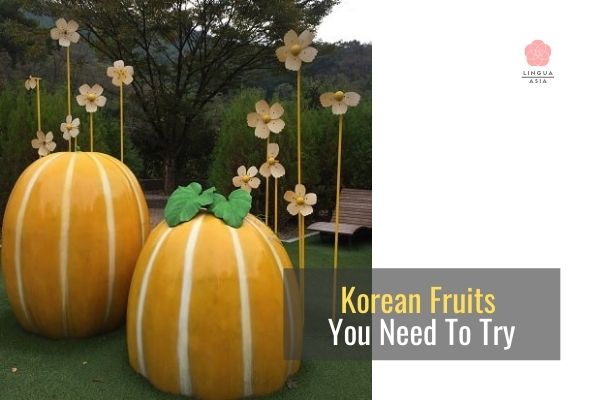
Fruit is a big part of daily life in Korea.
You might notice families eating neatly sliced giant pears after meals on K-dramas. The traditional reward for giving up your seat on a bus to an older lady is a tangerine.
The reasons for this are many. Most of all, they’re a great source of vitamins, making a yummy natural dessert after meals.
Put some nature’s candy in a basket and you’ve got the perfect gift guaranteed to please Koreans over 40.
Here are Korean fruits you must try, categorized by each season and region!
Koreans take their fruit seriously. On top of the ones native to the region, they pick the best from around the world and cross-breed them to make them truly unique. Be sure to try some if you visit!
What is the most popular fruit in Korea?
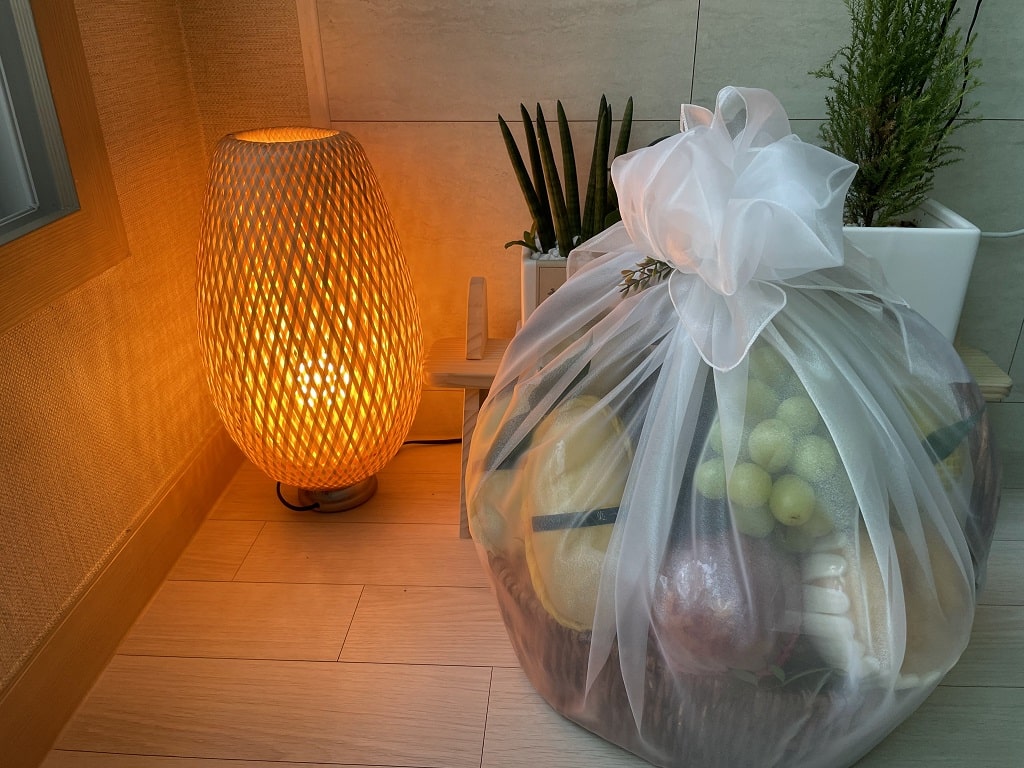
Koreans believe that seasonal fruits (제철과일 or jeh-cheol-gwa-il) are the best and healthiest. So, the most popular one changes in Korea depending on the season. For example, when the weather starts to get cold, tangerine (귤 or gyul) is all the rage, whereas strawberry (딸기 or ddalgi) is the most beloved in spring.
Throughout the year though, the most trendy and famous fruits in Korea are:
- Shine Muscat (샤인머스캣)
- Flat Peach (납작복숭아)
- Apple Watermelon (애플수박)
Since these trendy fruits are expensive, they’re perfect for gift giving in Korea!
Korean Superstition: Apple in the morning vs. night
Korean parents often say that “아침 사과는 금이고 밤 사과는 독이다”, which means “morning apples are gold, night apples are poison”. Why is this? No one knows.
My parents always have an apple with other seasonal fruits after breakfast.

Why do Koreans buy fruits?
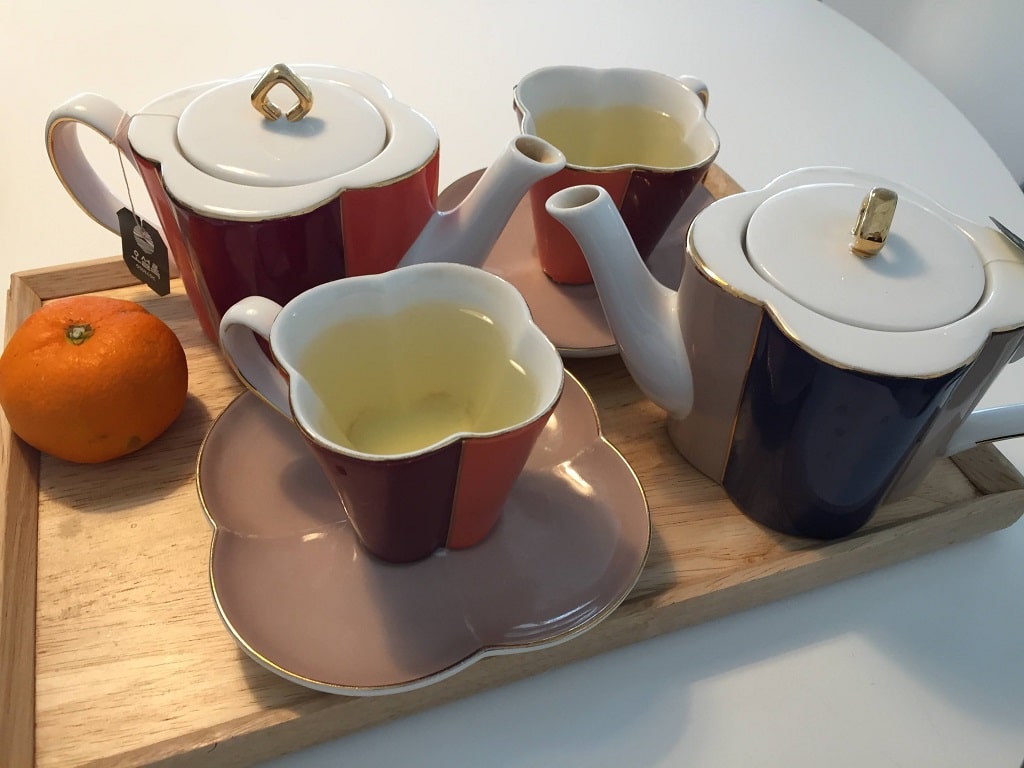
Koreans usually buy fruits for others,
- when visiting someone’s house and bringing fruits as a gift (this can be as cheap as 5 dollars to as expensive as 100-200 dollars depending on the occasion)
- when having someone over and serving fruits to guests.
However, after the outbreak of the pandemic, Koreans started buying fruits for their own health, diet or as a remedy.
Now, the focus has been shifted from prices and nutrients of fruits to immunity, sweetness and convenience.
Is there any Korean fruit etiquette that I should know?
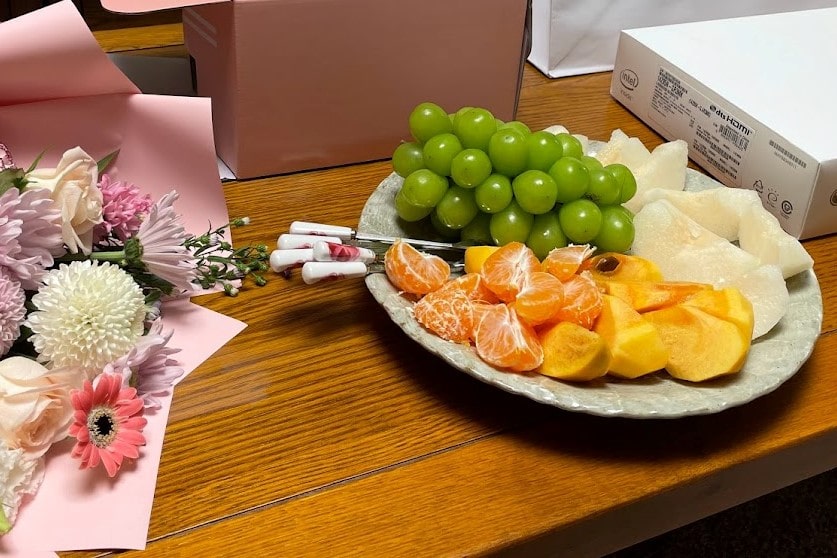
When you visit your Korean friend’s house:
This one’s easy. Just enjoy the pageantry of fruit and keep it casual.
You just need to wait until everything is all prepped. Don’t start eating while your friend is in the middle of cutting! 🙄
Koreans often enjoy fruit with a nice hot cup of tea.
When you visit your Korean in-laws:
Not all, but Korean in-laws expect their future/current daughter-in-law to peel/prepare fruits (과일 깎기 or gwa-il kkak-gi). Some Korean mother-in-laws will gently insist they do so.
You can win them over if you’re really good at peeling apples and plating them. Seriously.
If you’re not confident in your peeling skills, just tell them that and it should be totally fine. It’s better than peeling too thick and having them complain/nag.🤣 This is considered a waste of fruit, since it was a scarce resource in the old days. My mother’s generation used to only get fruit peels to eat as kids. Or so she says.
When fruits are served, make sure to wait until the older Koreans pick one, then start eating.
As a kid born and raised in South Korea, I was trained to give the first piece to my dad, then mom, (not my oppa), finally me. When there’s an older male like my grandpa, I would offer him some first.
The general rule is to offer the first one to the oldest person (usually male) according to Korean hierarchy. Not my favorite part of Korean culture, but here we are.
If there’s one or two pieces left and no one’s eating, I would wait and use my nunchi to either take it or leave it.
When you don’t want to eat anymore, simply say “너무 배불러요 (nuh-moo bae-bul-luh-yo)”, which means you’re stuffed.
More Korean apple stuff
Apple (사과 or sagwa) is the same word as apology in Korean. So you might get kids or a comedically-challenged adult giving you an apple when they do something wrong.
Warning: doing this can be hazardous to your social life.

What is seasonal fruit in Korea?

Fruits in season (제철과일 or jeh-cheol-gwa-il) are the most delicious.
They’re even better when you drive around the country and buy them at roadside stores near farms.
| Spring (봄 or bom) | 🍓Strawberry (딸기 or ddadlgi) – Jan to May 🟢Green plum (매실 or maeshil) – May to Jun |
| Summer (여름 or yuh-reum) | Korean melon (참외 or chamoe) – Jun to Aug Raspberry (복분자 or bokbunja) – Jun to Aug Blueberry (블루베리) – Jul to Sep 🍉Watermelon (수박 or subak) – Jul to Aug 🍑Peach (복숭아 or boksungah) – Jul to Aug Plum (자두 or jadu) – Jul to Aug 🍇Grape (포도 or podo) – Aug |
| Fall (가을 or gah-eul) | 🍐Pear (배 or bae) – Sep to Nov 🍊Tangerine (귤 or gyul) – Sep to Dec Pomegranate (석류 or seokryu) – Sep to Dec 🍅Sweet Persimmon (단감 or dangam) – Oct to Nov 🍎Apple (사과 or sagwa) – Oct to Dec |
| Winter (겨울 or gyuh-ul) | 🍋Yuja (유자) – Nov to Dec 🍊Hallabong (한라봉) – Dec to Mar |
More about Korean dessert cafes
What are the regional fruits in Korea?
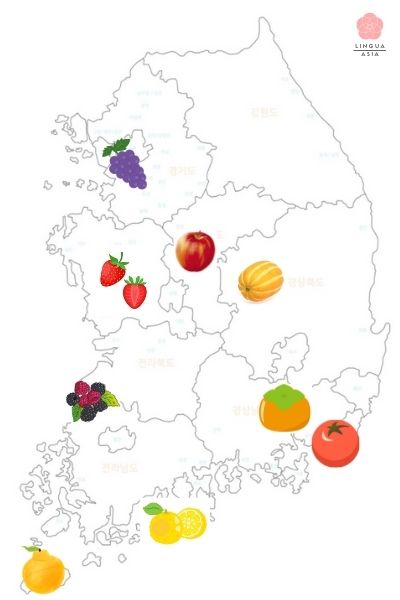
Korean fruits representing each region (지역별 대표 과일) are as below:
Jeju Island: Hallabong (한라봉), which is a citrus hybrid between tangerine and orange that resembles the shape of Mt. Halla (한라산). Super cool. Hallabong is delicious as is, but I love its ice cream version and vin chaud (뱅쇼 or mulled wine) variation that you can try on Jeju. I sometimes prefer the version that cancels out all health benefits.
Busan: Daejeo Tomato (대저 토마토), which is also known as salty tomato (짭짤이 토마토). It’s produced in coastal areas of Busan with saline soil and abundant sunshine. Tastes much better than it sounds.
Changwon in Gyeongsangnam-do: Sweet persimmon (단감 or dangam), which has an unmissable sweet and crunchy taste. Changwon is the first region in Korea to cultivate persimmon trees. Not at all biased because I was born there.
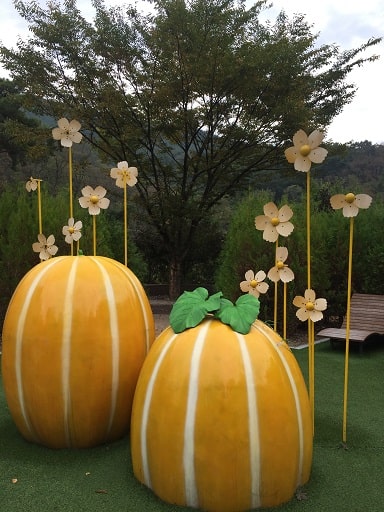
Seongju in Gyeongsangbuk-do: Korean melon (참외 or chamoe), which is sweet yellow melon. You can even see chamoe statues at the Seongju rest stop. Seongju uses eco-friendly farming methods to minimize pesticides and chemical fertilizers, resulting in fresh, healthy Korean melons! Now get your mind all the way out of the gutter.
Goheung in Jeollanam-do: Yuja (유자), which is my favorite citrus fruit in winter. Goheung has a terrain perfect for cultivating yuja that’s sensitive to the climate. Yuja cha is amazing as well in its makgeoli version, which will get you drunk!
Gochang in Jeollabuk-do: Raspberry (복분자 or bokbunja), which is nicely sweet and tangy. Bokbunja wine (복분자주 or bokbunjaju) shouldn’t be missed. Gochang even offers sweet and sour bokbunja balsamic vinegar, which is aged for 3 years.
Nonsan in Chungcheongnam-do: Strawberry (딸기 or ddalgi). With a 37-year history of strawberry cultivation, Nonsan (논산) is the nation’s largest strawberry producing area.
Chungju in Chungcheongbuk-do: Apple (사과 or sagwa). Chungju apples have a high sugar content, firm flesh and great flavor. Chungju offers apple popcorn, apple dongchimi kimchi, apple bread, apple makgeoli and more as unique gifts.
Siheung in Gyeonggi-do: Grape (포도 or podo). Siheung has abundant sunlight and the sea breeze from the West Sea, perfect for growing sweet and fresh grapes. You can buy cheap and fresh ones at the direct market from late August to early September.
Locally Grown Tropical Fruit (열대과일 or yeol-dae-gwa-il)
Korea also grows tropical fruits now, including avocado (아보카도), guava (구아바), banana (바나나), papaya (파파야), dragon fruit (용과), pineapple (파인애플), mango (망고) and passionfruit (패션프루트). Might not seem like a big deal to you, but this is a game changer for locals who used to pay 5 bucks for an avocado.

Subscribe for
exclusive info on Korea
Learning Korean
Guided conversation is the fastest way to get fluent in Korean. Pimsleur takes you from 0 to conversational in three months. You can try Pimsleur here for free!
FAQ
Is fruit expensive in Korea?
Yes, it is surprisingly. Land and farmers are in short supply, leading to higher prices than you’d imagine. Also, expensive things sell better in Korea, since they make you feel fancy.
Where’s the best place to buy fruit in Korea?
The best place to buy fresh fruit straight from the farm is of course, farmer’s markets. You can even find people selling fruit on random streets all over Korea. What a country!
What is the cheapest fruit in Korea?
The cheapest fruit in Korea is bananas when they’re in season. Otherwise, it’s whatever fruit that’s in season.
Do Koreans have a sweet tooth?
Sugar was hard to come by throughout most of Korea’s history. Only the royal family had regular access to delicacies such as candied persimmons. Now, Koreans are making up for lost time by eating tons of fruits and adding sugar to many dishes that didn’t have any before.
Did we miss anything?
Let us know your thoughts or questions about Korean fruits in the comments!
Disclosure: There are affiliate links in this article that provide us a small commission at no extra cost to you. We only endorse the best software and products we use ourselves. Find out more about our code of ethics.

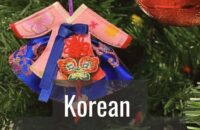







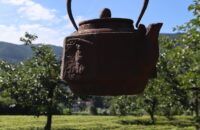

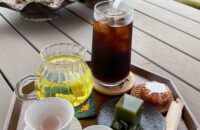


This is a great article, thank you!!
Hi C.M.!
Thank you for the kind comment. ^^